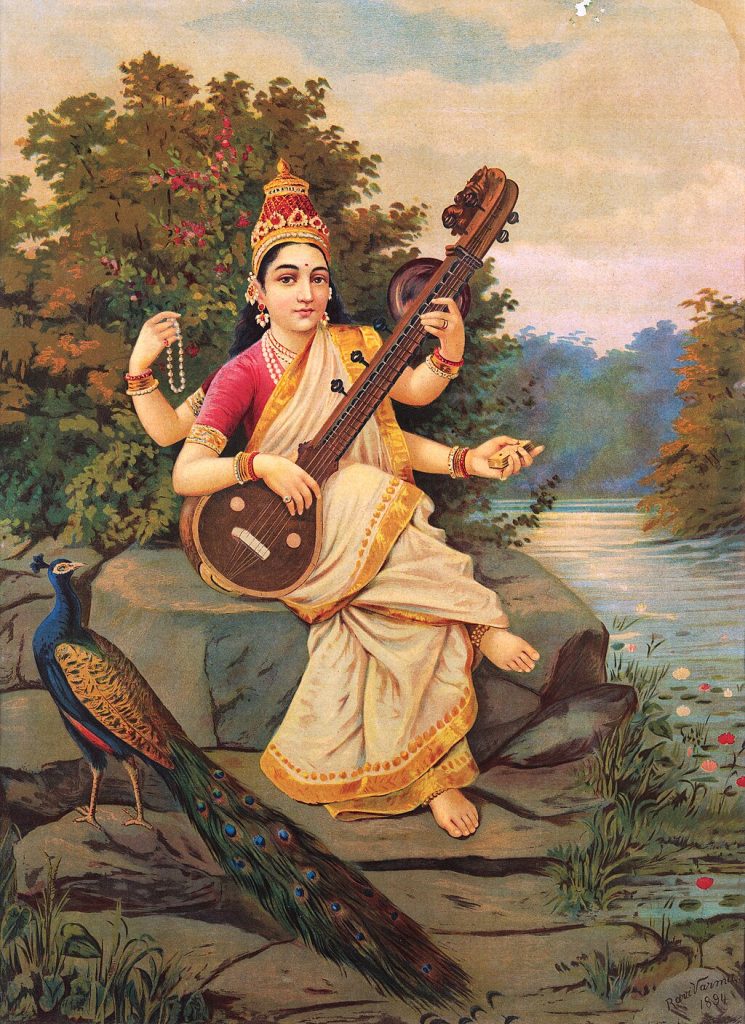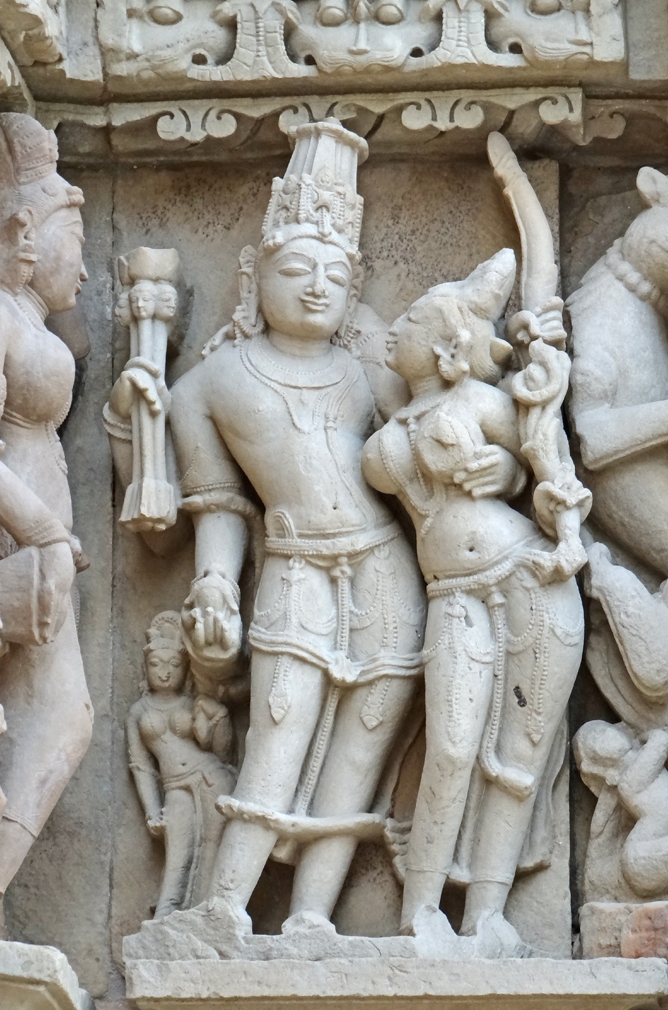Here’s All You Need to Know About the Vasant Panchami Festival

India's festivities are centred around unity and solidarity. Vasant Panchami or Shri Panchami is a vital Hindu celebration on the fifth day of Magha month. This festival marks the formal arrival of spring and is widely held in eastern India, particularly in West Bengal and Bihar, as Saraswati Puja. As mustard flowers bloom during the Vasant Panchami festival, the celebration is memorialised by wearing yellow. Moreover, wearing a jasmine garland to celebrate the event is part of the rituals in the Indian state of Rajasthan. However, Vasant Panchami is observed as a kite celebration in North India, particularly in Punjab. What’s the significance of this festival in India? What are the rituals? Let’s explore the distinct facets of the festival!

Table of contents:
- Vasant Panchami History
- Things to know about Vasant Panchami
- This day marks the reverence of Goddess Saraswathi
- This day is dedicated to worshipping Surya
- Vasant Panchami festival highlights the spring arrival
- Where is the Vasant Panchami festival commemorated in India?
- Significance of Vasant Panchami Festival For Hindus
- Significance of Vasant Panchami Festival For Sufi Muslims
- Rituals for the Festival
Vasant Panchami History
According to Hindu mythology, Kalidasa tried to end his life after his beloved wife’s demise by drowning in a river. But as he was yet to jump, the goddess Saraswathi emerged from the river and requested him to bathe in this holy water. Kalidasa dove into the water to keep up with the goddess’s request, and his life changed completely when he came out of it. He became knowledgeable and evolved into an esteemed poet. That’s why the goddess Saraswathi was worshipped to grant the blessing of knowledge to her devotees.
Another story in Hindu Puran proclaimed that the Hindu god of Love, Kama, interrupted Lord Shiva during his meditation after Devi Sati’s departure. Described with different details in the Matsya and Shiva Purana, the story is related to Sati, who reincarnated as goddess Parvati for her deep desire to marry Shiva. However, Shiva had gone into profound meditation after Sati’s self-immolation; thus, nothing Parvati tried could catch Shiva's eye. Kamadeva, the God of Love, was requested to break Shiva’s meditation so that he could look at Parvati and comprehend that she was none other than the Sati in her earlier life. Agreeing to help, Kamadeva generated a delightful springtime environment and shot five desire-inducing arrows at Lord Shiva, which broke his concentration. Getting engaged by Kamadeva’s attempt, Shiva opened his third eye and burnt him down. After knowing what happened to her husband, Rati came to Shiva for forgiveness and begged him to bring him back to life. Out of compassion, Shiva resurrected Kamadeva under the condition that only Rati could see his physical structure and that he would be an insubstantial spirit of love and desire to everyone.
Things to know about Vasant Panchami

This day marks the reverence of Goddess Saraswati
Even though it is observed as the birthday of the goddess Saraswati, Vasant Panchami also honours Kalidasa, the renowned Sanskrit poet believed to have lived in the fourth or fifth century CE.
This day is dedicated to worshipping Surya
On the auspicious day of Vasant Panchami, several individuals additionally honor the establishment of the Deo-Sun Temple, a place of worship for the Sun God Surya in the Indian state of Bihar. Consequently, Surya is revered by individuals throughout Bihar by polishing the idols at the Deo-Sun Temple and strengthening him via dancing and singing.
Vasant Panchami festival highlights the spring arrival
Vasant implies spring, and Panchami implies fifth. Hence, the Vasant Panchami festival falls on the fifth day of the Hindu lunar month of Magha, honouring the auspicious commencement of winter’s end and the arrival of spring. The season is termed the “king of all seasons,” which not only brings warm relief from the winter but also the blooming season of mustard flowers, embodying light, wisdom, fortune, vitality, and serenity. It’s therefore considered a sacred time to commence new ventures, such as buying a property, getting married, or a new business/job.
Where is the Vasant Panchami festival commemorated in India?
The Vasant Panchami festival is celebrated in India. Nevertheless, like every festival, each state and culture has a unique way of celebrating this festival. For instance, West Bengal dwellers celebrate this day as Saraswati Puja at their homes and pandals. The idol is immersed in Ganga the same evening or the next day. On the other hand, Punjab and Haryana dwellers celebrate this Vasant Panchami festival as Lohri, which is a harvest festival. On that day, they fly kites wearing yellow outfits, as this auspicious occasion embodies the vitality of the yellow fields of North India.

In Maharashtra, married couples go to the temples wearing yellow outfits on the first Vasant Panchami after their wedding. Similarly, for Bihar residents, the ancient statue of the Deo sun deity was installed, and the statue of the Sun god is bathed and adorned with celebrations that last through the day. Lastly, Rajasthan dwellers wear jasmine garlands on that holy day to celebrate the Vasant Panchami festival.
Significance of Vasant Panchami Festival For Hindus
It is lucky to begin fresh adventures on Vasant Panchami. This day, known as "Grihapravesh," marks the beginning of plenty of fresh businesses, substantial undertakings, and housing moves. Many people equate this event with good fortune and wealth. Vasant Panchami is the official start of spring, a favourable season for planting and harvesting crops. The event marks the commencement of Spring, a season for harvesting following the harsh winter. It seems logical that this holiday is so significant to Indians because their nation is primarily agricultural.
Significance of Vasant Panchami Festival for Sufi Muslims
According to Sufi traditions, the much-renowned Sufi poet Amir Khusrau of Delhi from the 13th century CE observed Hindu women bringing yellow flowers on Vasant Panchami. After that, he presented this ritual among the Sufis, which is practised to this day by the Sufi Muslims of the Christi order. Vasant Panchami is also a renowned day when a few Sufi Muslims mark the burial of the Sufi saint Nizamuddin Aulia in Delhi.
Rituals for the Festival
Chanting "Om Shree Saraswatyai Namah" or "Om Aim Klim Sauh Shri Mahasaraswatyai Namah" during the Vasant Panchami festival might help you reach literary brilliance in your studies and conquer any difficulties or setbacks. It will also help those who believe in Ganeshji, the Vignaharta God. Chanting "Om Hrim Aim Hrim Om Saraswatyai Namah" on an ongoing basis can help natives with focusing on issues. It is possible to attain enlightenment through the adoration of Mother Saraswathi.
Goddess Saraswathi stemmed from Sattva Guna and loves white elements. Therefore, one can acquire her blessings by donating or offering white things, such as curd, milk, butter, sugar, white clothes, white sesame seeds, and rice grains. Besides white, goddess Saraswathi is highly fond of yellow flowers, and yellow attire is worn while revering her.
The muhurats (an auspicious time) of Vasant Panchami falls on 2nd February 2025. Panchami tithi timing is on February 02, from 09:14 a.m. to February 03, 06:53 a.m. Vasant Panchami puja muhurat is on February 02, from 07:10 a.m. to 12:40 p.m.